he Vice President, Shri M. Venkaiah Naidu today called upon all stakeholders to make concerted efforts to improve cotton yield and productivity in India to enhance farmers’ incomes. Expressing his concern over the low yield of Indian cotton compared to other major cotton growers in the world, Shri Naidu said that steps must be taken to guide the farmers through better research and by adopting best practices.
Shri Naidu called for increasing the global competitiveness of Indian cotton textiles and “capitalize on our traditional strengths, shift to modern agronomic practices and consolidate our position as a global leader in the cotton industry”.
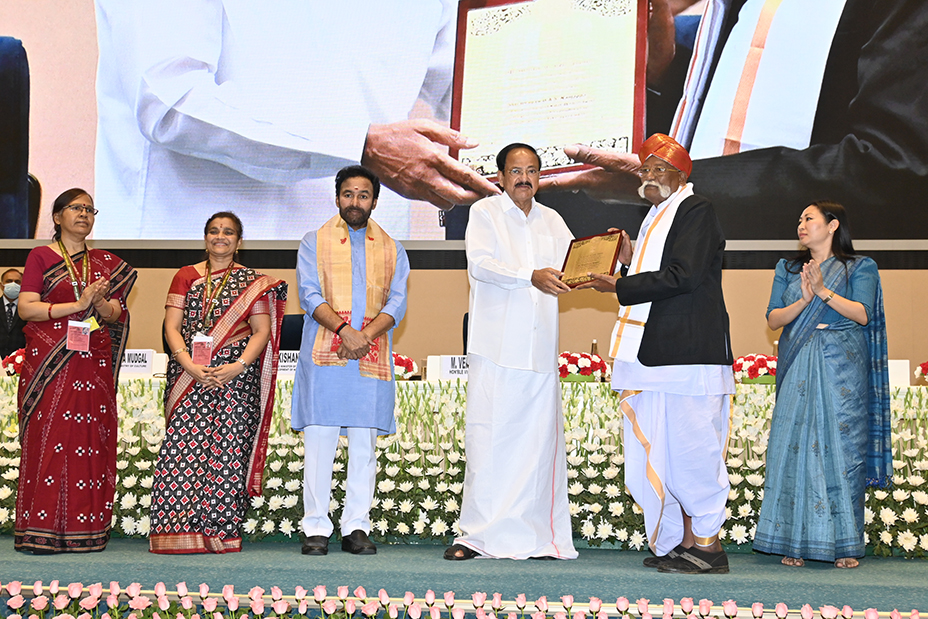
Noting the importance of the textiles sector as the second-largest employer in the country after agriculture, Shri Naidu emphasized on improving farm productivity, increasing mechanization, upskilling textile workers, and hand-holding small firms to give a boost to the sector. Shri Naidu also suggested diversifying into specialty cottons such as the extra-long staple (ELS) cotton and organic cotton.
The Vice President was inaugurating the CITI-CDRA Golden Jubilee Celebrations from Vigyan Bhawan, New Delhi today. Confederation of Indian Textile Industry (CITI) is a leading industry chamber of the textile sector in India and the Cotton Development and Research Association (CDRA) is the extension arm of CITI, undertaking various seed development and extension activities in the cotton sector.
Referring to the importance of cotton to the Indian economy, the Vice President said that cotton also has a “great symbolic value to our civilizational heritage”. He recalled that cotton played a crucial role in our freedom struggle, starting with the ‘Swadeshi Movement’. He said that by connecting all sections of society, “cotton was one of the most important binding factors for people to fight against the British Raj”.
Shri Naidu expressed his concern over that despite being the largest cotton producer (23%) in the world and having the highest area under cotton cultivation (39% of world area), the yield per hectare in India remained at a low of 460 kg lint per hectare when compared to the world average of 800 kg lint per hectare. To address this, he called for improving the planting density, taking up mechanization of cotton harvest and giving a thrust to agronomy research.
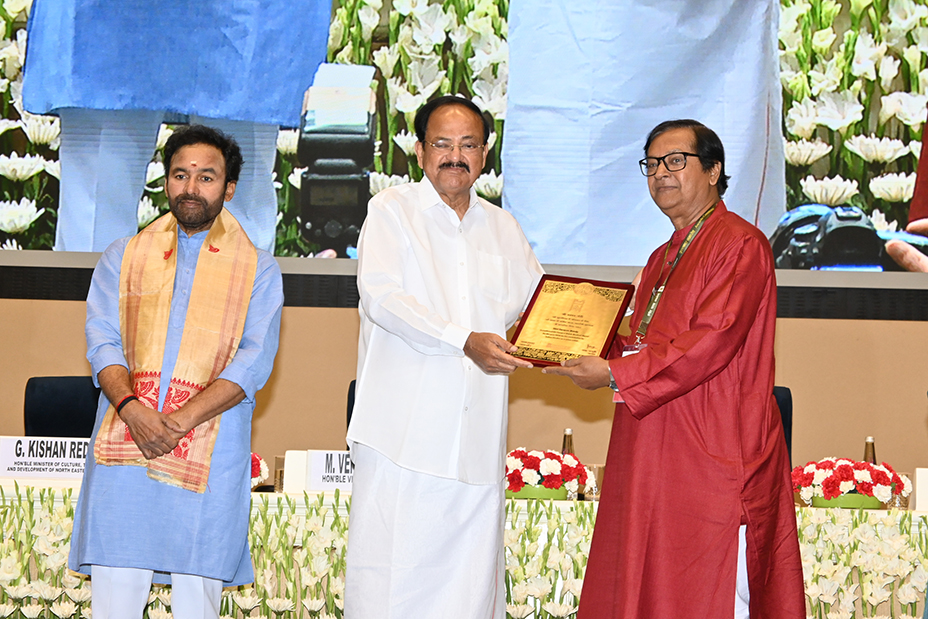
Recalling the benefits of the first Technology Mission on Cotton, the Vice President said there is every need to renew the Mission in an upgraded format. “We need to improve our seed technology, increase yield, adopt global best practices, produce clean and high-quality cotton and brand it better to improve the farmers’ income”, Shri Naidu observed.
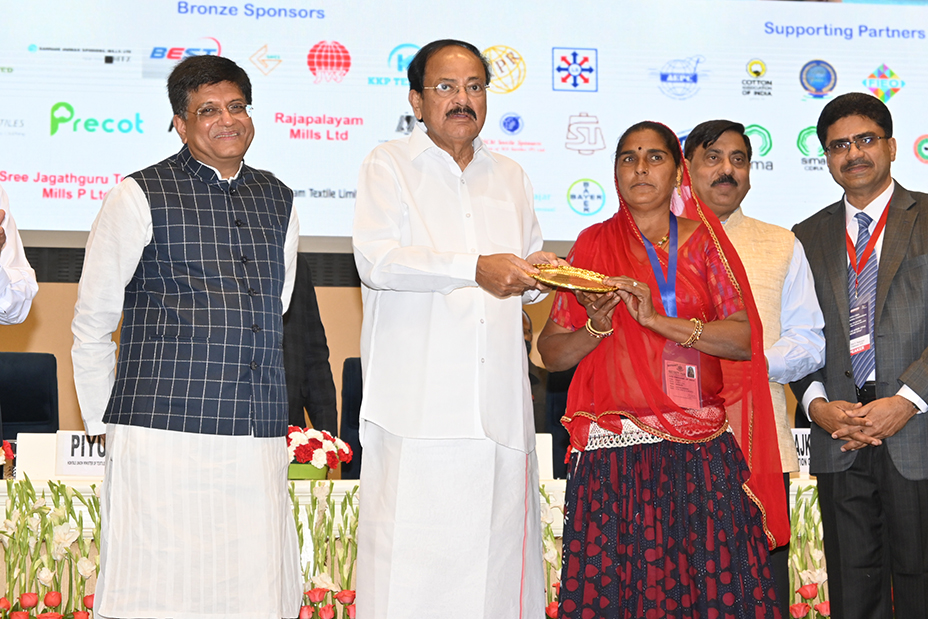
The Vice President noted that while India has a strong global footprint in cotton yarn, it has to improve its competitiveness in fabrics and apparel. He called for hand-holding small firms and upskilling textile workers to give a fillip to the sector. He said government schemes such as the Amended – Technology Up-gradation Fund Scheme (A-TUFS) and SAMARTH (Scheme for Capacity Building in the Textile Sector) are aimed at achieving these objectives.
While noting India’s improvement in export competitiveness of traditional textiles, Shri Naidu said “we cannot ignore sunrise sectors such as technical textiles, which are seeing a rapid rise in demand across the world”.
On this occasion, Shri Naidu conferred awards to excelling cotton scientists and farmers in CITI-CDRA Project Areas. He also released a Coffee Table Book – ‘Millennial Shades of Cotton’ at the event.
Shri Piyush Goyal, Hon’ble Union Minister of Textiles, Commerce & Industry, Consumer Affairs and Food & Public Distribution, Shri T. Rajkumar, Chairman, CITI, Shri P. D. Patodia, Chairman, Standing Committee on Cotton of CITI-CDRA, Shri Rakesh Mehra, Deputy Chairman, CITI, Shri Upendra Prasad Singh, Secretary, Ministry of Textiles, Shri Prem Malik, Co-Chairman, Standing Committee on Cotton of CITI CDRA and other dignitaries were present during the event.
Following is the full text of the speech:
“Sisters and brothers,
I am very delighted to inaugurate the CITI-CDRA Golden Jubilee Celebrations this year, which coincides with Azadi Ka Amrit Mahotsav – the 75th Anniversary of India’s Independence.
At the outset, I would like to appreciate the Confederation of Indian Textile Industry (CITI), one of the leading industry chambers of the textile sector in India, for effectively representing the interests of cotton farmers and the workforce in the textile industry for the past five decades. My hearty congratulations to the CITI – Cotton Development and Research Association (CDRA) for completing 50 years of its extension and seed development services in the Indian cotton sector.
I am happy to learn that CITI-CDRA is working across 1700 villages of Rajasthan, Madhya Pradesh, and Maharashtra in association with about 90,000 farmers for improving yield and production of cotton in a sustainable way.
Before proceeding further, I take this opportunity to congratulate all the Indian industry leaders and stakeholders for achieving the target of US$ 400 billion goods exports during the year 2021-22, which is about 37% higher than the previous year.
This achievement clearly shows India’s rising manufacturing competitiveness, commitment to quality and its reliability, and reflects the success of ‘Vocal for Local’ and ‘Atma Nirbhar Bharat’ campaigns.
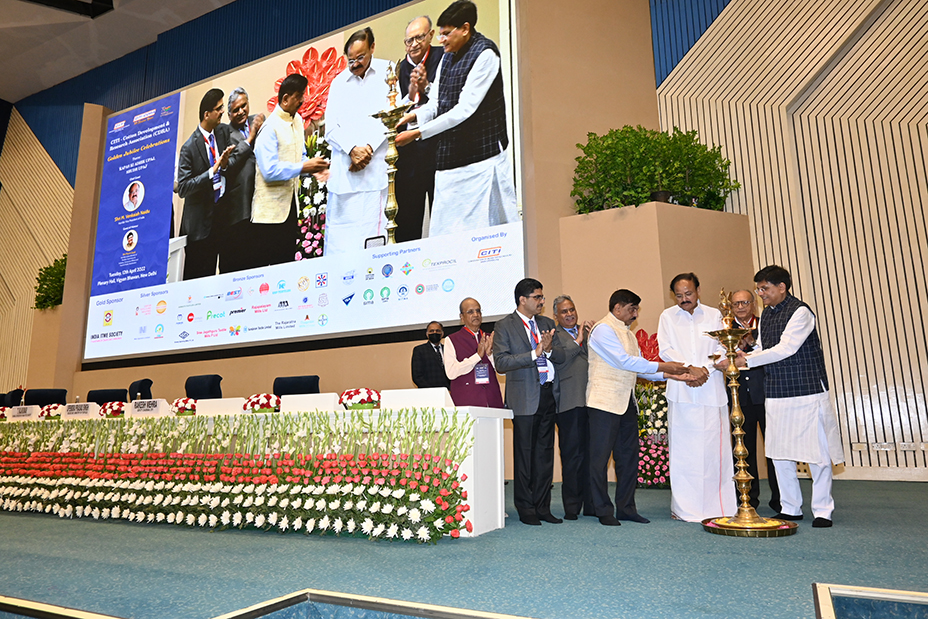
Friends,
Cotton has a special place in Indian civilization. With a history of over 5000 years of producing the finest hand-spun fabrics, India was world-renowned for its cotton products.
Cotton also played a crucial role in our freedom struggle, starting with the ‘Swadeshi Movement’. The spinning of Khadi on a Charkha became a great symbol of Swaraj and led to the rise of national consciousness.
Connecting the poor and the rich, peasants and craftsmen, and people from all the regions, cotton was one of the most important binding factors for people to fight against the British Raj.
This importance of cotton to Indian people and the Indian economy has not diminished over the years. It is well-known that cotton-based textiles are the mainstay of the Indian Textile & Apparel Industry. Along with the largest acreage of cotton cultivation in the world, India is the largest producer of cotton globally accounting for about 23% of the world’s total cotton production.
The cotton textiles industry today is the second largest employer in the country after agriculture, while also sustaining the livelihoods of an estimated 6.5 million cotton farmers, and driving a large export market. Thus, cotton is certainly still at the core of the Indian economy.
Sisters and brothers,
Despite its importance to our economy, the cotton yield in India is low when compared to other major cotton growers in the world. While countries like China, Brazil, and Turkey have been able to achieve yields as high as about 1800 kgs lint per hectare, India on the other hand have a yield of about 460 kg lint per hectare which is less than the world average yield of about 800 kg lint per hectare. Though our country accounts for 39% of world area under cotton cultivation, we account only for 23% in production—this issue needs to be seriously looked into and steps taken to increase the yield.
I understand that the Technology Mission on Cotton, a unique scheme introduced by former Hon’ble Prime Minister Late Shri Atal Bihari Vajpayee enabled the country to become the world’s largest cotton producer by increasing the yield per hectare from 275 kgs to 585 kgs.
Today, there is every need to bring Technology Mission on Cotton 2.0 in an upgraded format. We need to improve our seed technology, increase yield, give thrust for agronomy research, adopt global best practices, produce clean and high-quality cotton and brand it better to improve the farmers’ income and enhance the global competitiveness of the textile industry.
We must also improve our planting density which is only at 5000-7000 plants per acre compared to China and USA which grow more than 50,000 – 1,00,000 plants per acre. We must also give impetus to mechanization of cotton harvest. All these inputs will go a long way in improving our cotton productivity.
I understand that while we consume around 20 lakh bales of extra-long staple (ELS) cotton, we produce only around 5 lakh bales and import the balance from countries like USA and Egypt. I also understand that the demand for sustainable cotton and organic cotton has been increasing over the years. Going forward, India must cement its place as a world leader in cotton by giving more thrust to specialty cotton like ELS cotton, organic cotton and sustainable cotton. CDRA must work with cotton growers and create awareness on the benefits of growing these varieties of cotton.
Sisters and brothers,
While we have a strong global footprint in cotton yarn, we have to improve our competitiveness in fabrics and apparels. Similarly, our small scale businesses need better hand-holding and technological support to become globally competitive. I must compliment the government for aiding this sector through the Amended – Technology Up-gradation Fund Scheme (A-TUFS) to give a boost to the small scale firms.
Similarly, programs that can up-skill textile workers should be taken up in a big way. This way, we can ensure our competitive edge is not limited to technology and cheap labour. Schemes like SAMARTH (Scheme for Capacity Building in the Textile Sector) aim to address the shortage of skilled workers in the textile sector with a target of training 10 lakh persons and must be implemented earnestly.
While improving our export competitiveness in traditional textiles, we cannot ignore sunrise sectors such as technical textiles, which are seeing a rapid rise in demand across the world. We must gain competitiveness in these new areas of textiles and upgrade and upskill our workers and entrepreneurs to have an edge compared to the rest of the world. The National Technical Textiles Mission initiated with an aim to position India as a major producer, consumer and exporter of technical textile products in the world map is laudable.
Sisters and brothers,
Textiles, especially those of cotton, have a great symbolic value to our civilizational heritage, continue to employ millions of our people and fetch billions of dollars in export revenue. It is indeed one of the most important industries to achieve inclusive growth for the nation and thus the Government gives utmost priority for the textile industry in all its policies.
Going forward, we must capitalize further on our traditional strengths, abundant resources and bring in technological and modern agronomic practices into the cotton industry to further consolidate our position as global leader. I am sure that with the collective efforts of the Government and all the stakeholders, this is possible in the near future.
I once again applaud CITI-CDRA for its concerted efforts towards improving the production, productivity and quality of Indian cotton and I wish them all success for their future endeavours.
Thank you all!
Namaskar. Jai Hind!”

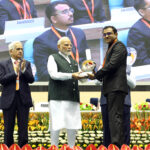




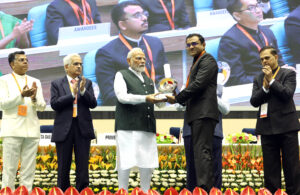
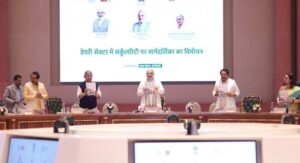
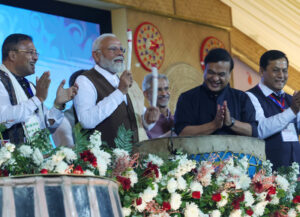
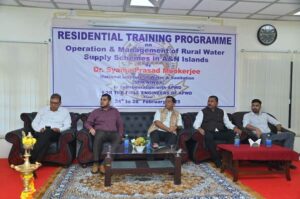
More Stories
केंद्रीय मंत्री नितिन गडकरी ने दिल्ली में 12वें सीआईआई जैव ऊर्जा शिखर सम्मेलन को संबोधित किया
मंत्री डॉ जितेंद्र सिंह ने भारत-अमेरिका बंदोबस्ती पुरस्कार प्रदान किए:
आज सावन का पहला सोमवार है। इस पवित्र दिवस पर एक महत्वपूर्ण सत्र प्रारंभ हो रहा है, और सावन के इस पहले सोमवार की मैं देशवासियों को बहुत-बहुत शुभकामनाएं देता हूं।